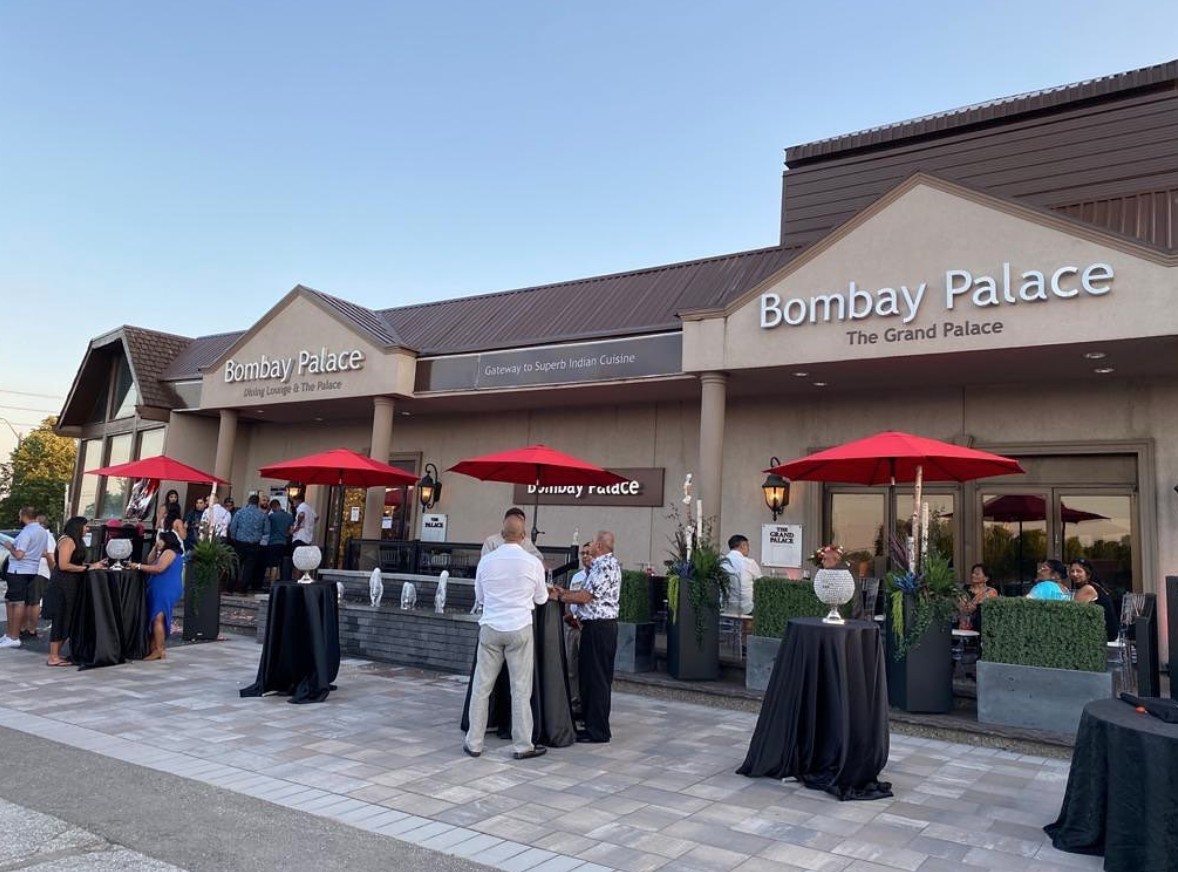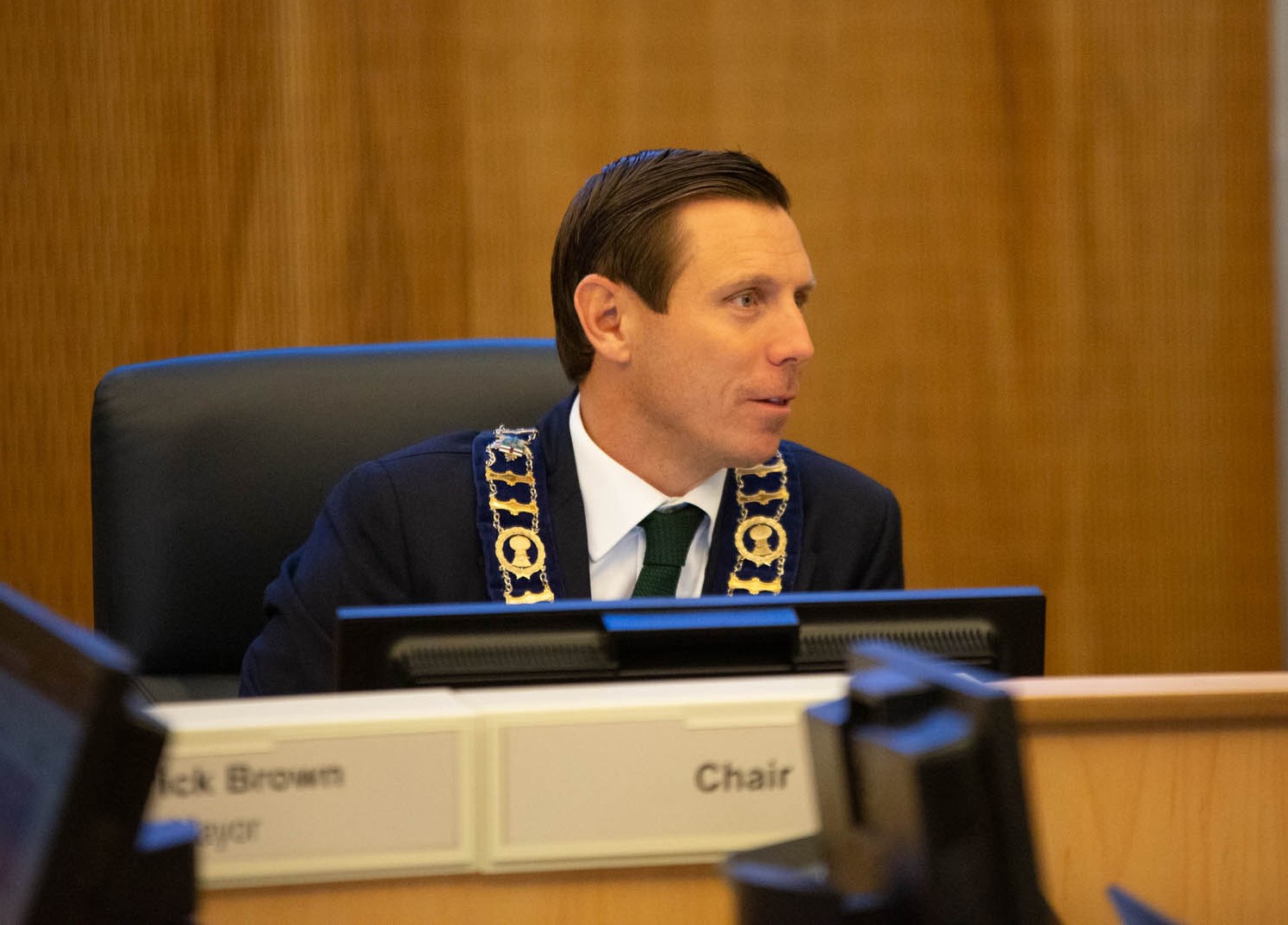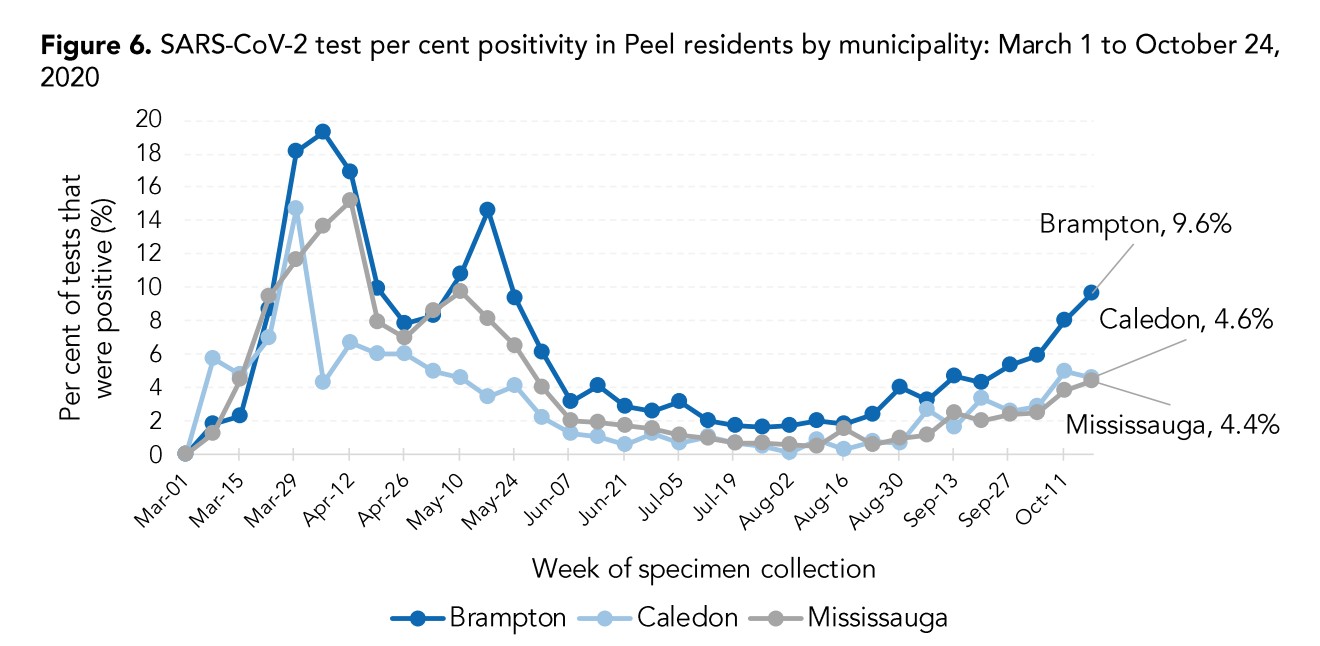
Ontario eases COVID restrictions in Peel; indoor dining and gyms to reopen Saturday
When Peel Region entered a modified Stage 2 on October 10, businesses didn’t have much time to adjust their operations. The only option gyms had was to shut down and restaurants were forced to once again only offer services through take-out. It left many frustrated.
Brampton Mayor Patrick Brown was vocal about his disdain for the impact and financial losses these business owners would face.
As someone who runs a local restaurant, the feeling was mutual for Manprit Singh. The proprietor of Brampton’s Bombay Palace was forced to face an empty dining room, a loss upwards of $40,000, and undergo numerous headaches trying to figure out the logistics of lost business. Despite the impacts, Singh told The Pointer he understood why these restrictions were imposed.
“We understand the pandemic situation. The government is trying to balance and maintain the health and economy and that's the balance they need to find.”
Key risk factors for the transmission of the virus are close contact; enclosed spaces; crowded places; and prolonged exposure, according to the province’s recent framework. If rules aren’t followed, restaurants can become an ideal setting for the virus to spread.
Brown has claimed that restaurants in Peel have not been a source of viral spread, stating there is no evidence transmission has occurred in the setting within the region. It’s a claim Dr. Lawrence Loh, Peel’s chief medical officer of health, says can’t be made with 100 percent certainty. While contact tracers have been doing their job, not every case they interview may recall where they have been for the past two weeks, or choose to be honest about their whereabouts.

Mayor Patrick Brown has stated no cases of COVID-19 in Peel can be linked to restaurants. It's a claim health officials have said can not be made with 100 percent certainty.
Come Saturday, restaurants across the region will be allowed to move to a more relaxed set of rules, allowing for indoor dining to resume. For Bombay Palace, this means implementing their buffet-table service, giving the restaurant’s buffet concept a COVID friendly approach.
The changes come as a result of a new framework announced by Premier Doug Ford on Tuesday. Ontario will now be following a coloured system that places municipalities in one of five categories based on their stage of reopening and status of COVID-19 cases. The classifications range from Green-Prevent, Yellow-Protect, Orange-Restrict, Red-Control, and Lockdown. Peel will be in the orange “restrict” category, allowing some of the closures brought on by a modified Stage 2 to be lifted. The colour categorizations are based on a number of criteria including COVID-19 case numbers per capita (those at the lowest, Green, category must have fewer than 10 cases per 100,000), and test positivity rate.
The new changes allow in-person dining with a 50-person capacity and no more than four people seated together, a slightly more strict measure than under the province’s previous Stage 3 which had no limits on seating as long as distancing was maintained. Restaurants will be required to close at 10 p.m. and restrictions are also put on the sale and consumption of alcohol.
Restrictions will loosen for meeting and event spaces as well. The maximum number of people allowed at an event indoors will grow from 10 to 50.
Ontario's new colour-coded reopening system
Brown has been active on social media asking provincial officials to allow restaurants to offer indoor dining. On Tuesday, he tweeted about a call with Ford, saying “he has heard the concerns of our Peel restaurants and small businesses.” Prior to that, he tweeted about a virtual meeting he had with Mississauga Mayor Bonnie Crombie, Health Minister Christine Elliott, and Ontario’s chief medical officer of health, Dr. David Williams, repeating the same message.
Brown’s advocacy for an easing of restrictions comes as his city is currently one of the hardest hit by COVID-19 in the province. On October 30, Peel reported its highest case count during the pandemic with 325 cases; 250 of these were in Brampton, the city’s highest number of daily cases to date and 28 percent of the province’s total (the city has 4.5 percent of Ontario’s population). On Wednesday, Peel recorded 30 percent of the province’s 987 new cases.
While the province is opening the door for Peel to loosen restrictions, the region is not bound to do so. Public health officials are allowed to opt for a delay if they believe it is necessary to keep the virus under control in their jurisdiction.
The City of Toronto, which entered modified Stage 2 with Peel Region last month, won’t be loosening restrictions until November 14. The decision was made by the City’s chief medical officer of health Dr. Eileen de Villa and supported by Mayor John Tory.
Dr. Loh made it clear that he's aware of how bad the situation has gotten in Peel.
“Regardless of what the province’s new framework is saying, I must be clear: all of our metrics are going in the wrong direction. Peel is seeing the highest rates of case & test positivity in the province,” he said. Despite this, he did not commit to delaying reopening.
When The Pointer asked whether he is considering a similar delay based on Peel’s per capita case numbers being worse than Toronto’s, he said he must take into account the different viral picture in each of the region’s three municipalities.
Loh says talks with provincial counterparts and municipal leaders will continue and additional measures will be taken to “balance out” the reopening of gyms and indoor dining. Workplaces, social gatherings and household transmission will be the focus of interventions, as they have been for the past couple of months.
Just last week, Dr. Loh took a different tone, telling The Pointer the region may have to stay under restrictive measures until cases improve. “At this point in time, there isn’t any suggestion that we’re seeing a decrease or an abatement in our case numbers. It’s clear that the restrictions may need to remain for a little while longer.”
Case numbers have not seen any significant decline since that time, so it remains unclear why Dr. Loh would shift his stance to support an easing of restrictions.

COVID-19 cases numbers in Peel did not show any significant decline while in modified Stage 2. The province's new framework will allow for indoor dining to resume and gyms to open.
Peel’s October 30 epidemiological update highlighted an increase in the percentage of tests that are coming back positive. This number sits at 9.6 percent for Brampton, compared to 4.4 percent in Mississauga, 4.6 percent in Toronto and 2.7 percent in Ottawa.
The Pointer asked Brown why he didn’t consider advocating for a similar delay in reopening as that being undertaken in Toronto given the increasing number of cases in Brampton. He once again claimed the picture in Toronto is different from Brampton. Where a number of cases were coming from restaurants and bars in Toronto, he claims the same dynamic doesn’t exist in Brampton. Transmission in the city lies in industrial settings and essential workers; banquet halls and other sources of celebrations are an issue for the city.
“I really believe we need to listen to the public health advice and focus our resources and efforts on the areas that merit it most,” he said. “We simply can't shut down everything. I think it needs to be driven by public health data.”
The data show that not only is Brampton's current test positivity rate much worse than Toronto, its overall rate of infection is significantly worse than Canada's largest city. Since the onset of the pandemic, Brampton has had a per capita rate of about 140 COVID-19 cases per 10,000 residents; Toronto sits at about 97, based on recent data.
When The Pointer questioned the conclusiveness of the data, given Brampton’s woeful testing rates throughout the pandemic, Brown said Peel “has a greater sense of what’s happening out there then our counterparts in Ottawa and Toronto” because of the Region’s contact tracing efforts.

Brown’s claim is once again not supported by the data, as Peel’s latest epidemiological report shows that the Region’s contact tracing efforts are in fact lagging behind its targets, suggesting it is not capturing a full picture of the viral spread. Its 9.6 percent positivity indicates testing and contact tracing in the city is not effective, which has led to such a high proportion of screened residents receiving a positive result. Only 74 percent of close contacts of an infected individual were being reached within 24 hours, below the Region’s target of 90 percent. According to the Toronto Star, this number comes despite the assistance of 70 case and contact management staff from the Ministry of Health and the help of nearby public health units.
A number of other indicators, including acute care bed capacity in the region’s hospitals and the number of cases in non-institutional congregate care settings are trending in the wrong direction, suggesting it could be the wrong time to loosen any restrictions.
With a 9.6 percent positivity rate, Brampton is not far off from falling into the red “control” category of the province’s new classification system. Public health units in the red category have a positivity rate of 10 percent or more than 100 cases weekly for every 100,000 residents.
Dr. Loh said further restrictions may be put on Brampton if the need arises under the new framework. He did not elaborate on what these might be and the threshold for imposing them.
“At this point in time, we're still trying to understand what the new provincial framework means...for our community. Once we have an understanding of what the game is, we will absolutely make sure that we are moving under the framework as it has been identified.”
Currently placed in the restricted stage, a final determination will be made for Peel, Ottawa and York Region on Friday. Health officials have stated it’s unlikely these classifications will change by then.
Email: [email protected]
Twitter: @nida_zafar
Tel: 416-890-7643
COVID-19 is impacting all Canadians. At a time when vital public information is needed by everyone, The Pointer has taken down our paywall on all stories relating to the pandemic and those of public interest to ensure every resident of Brampton and Mississauga has access to the facts. For those who are able, we encourage you to consider a subscription. This will help us report on important public interest issues the community needs to know about now more than ever. You can register for a 30-day free trial HERE. Thereafter, The Pointer will charge $10 a month and you can cancel any time right on the website. Thank you.
Submit a correction about this story


